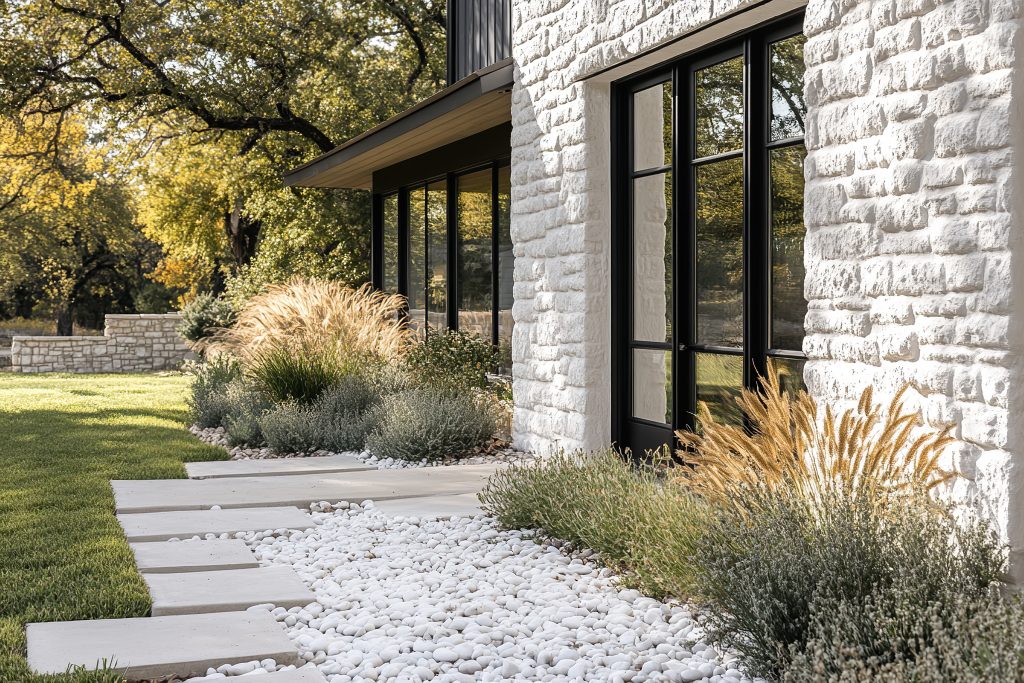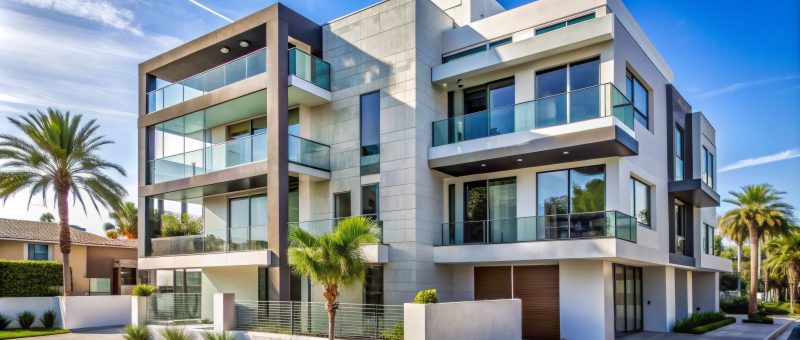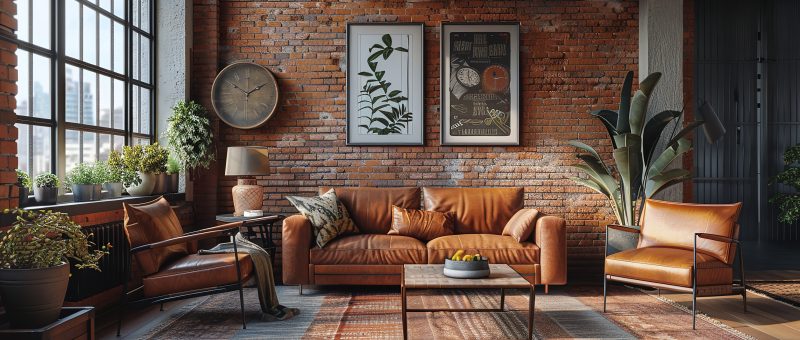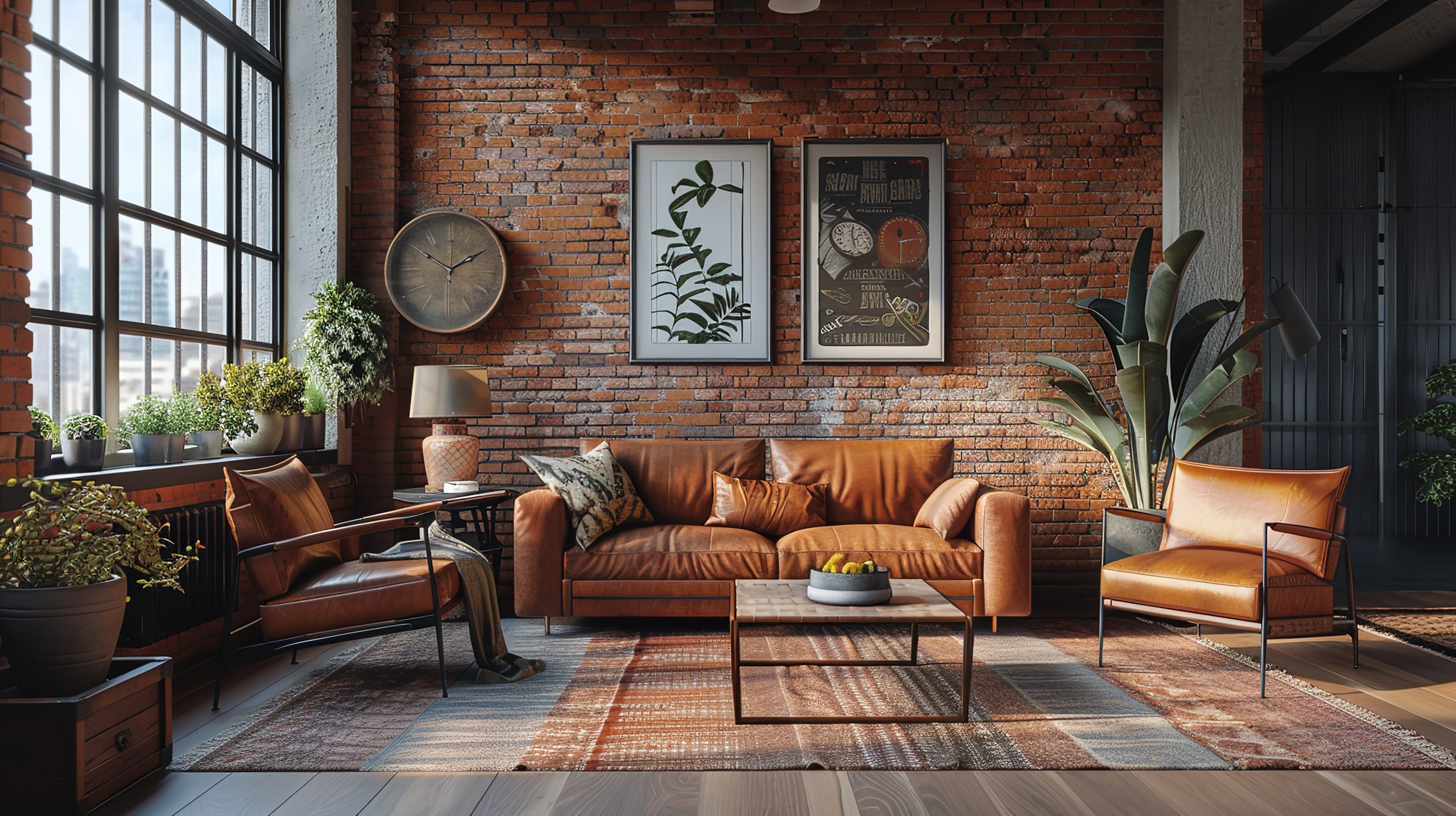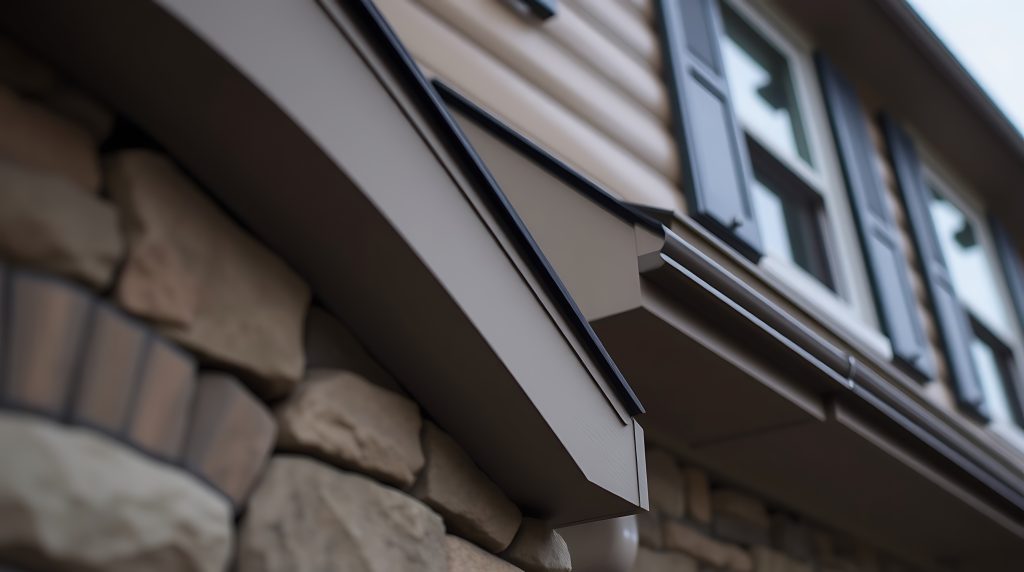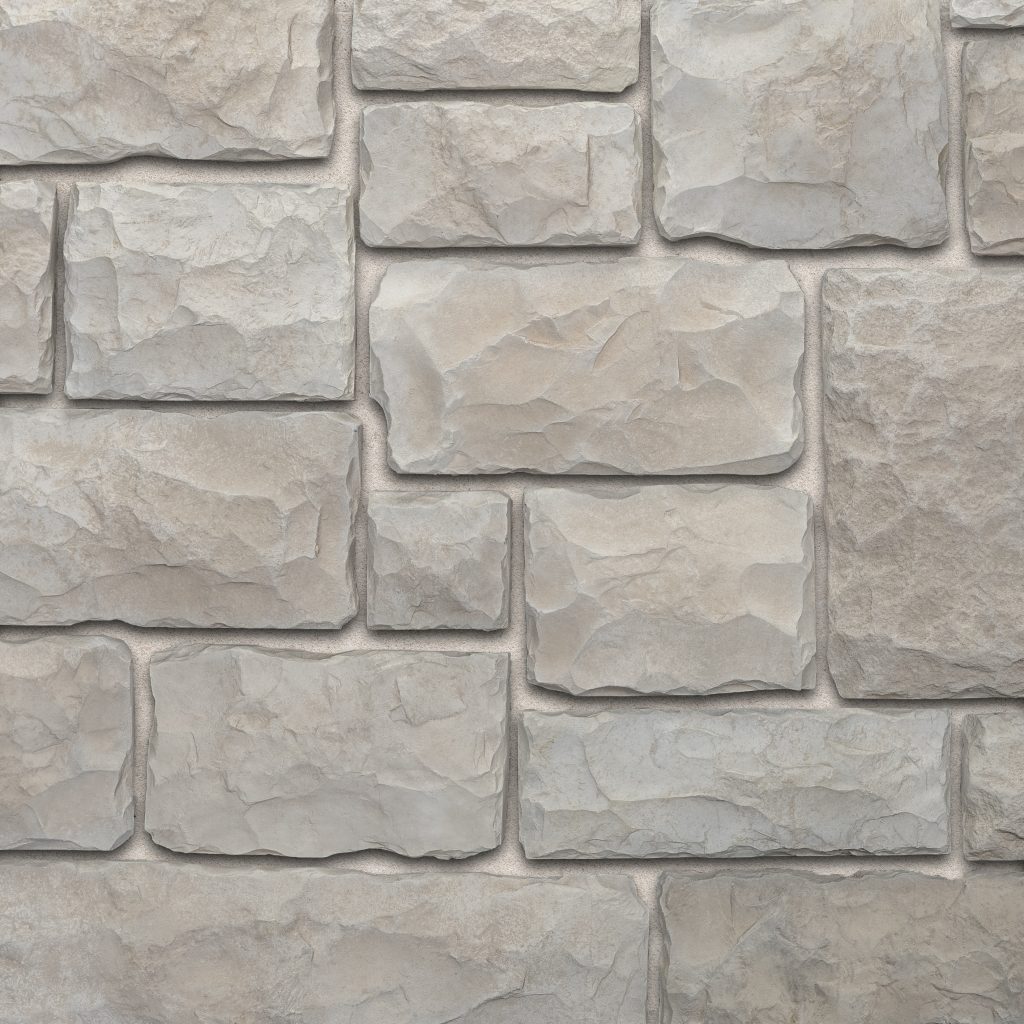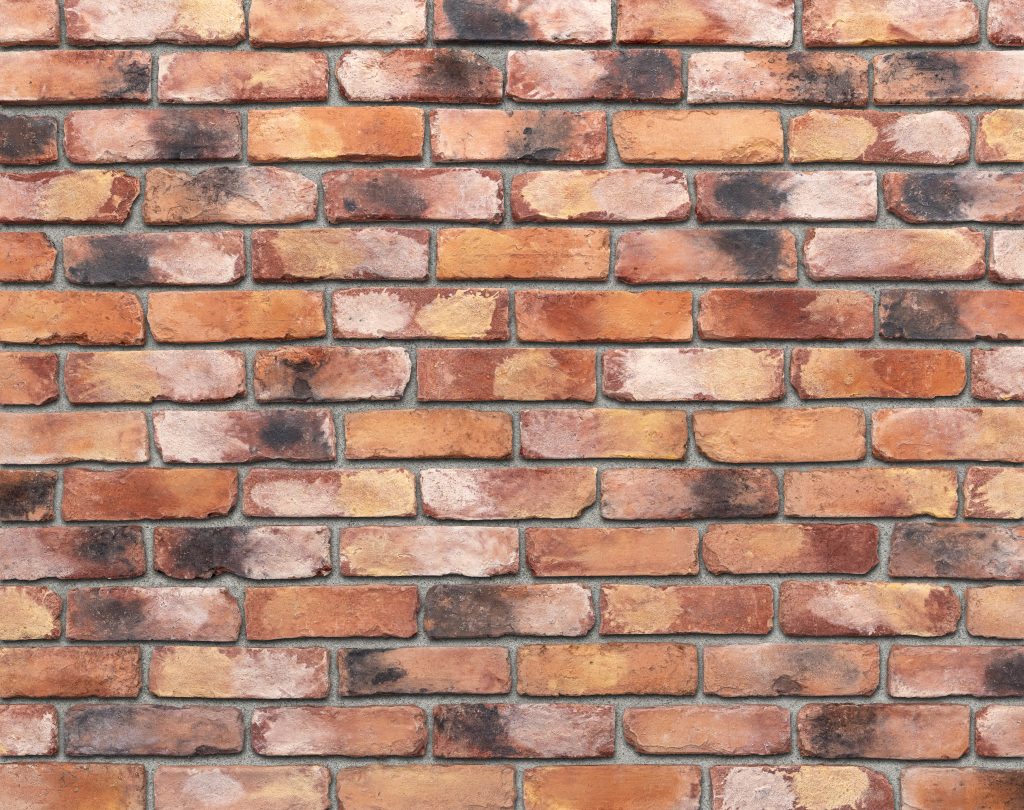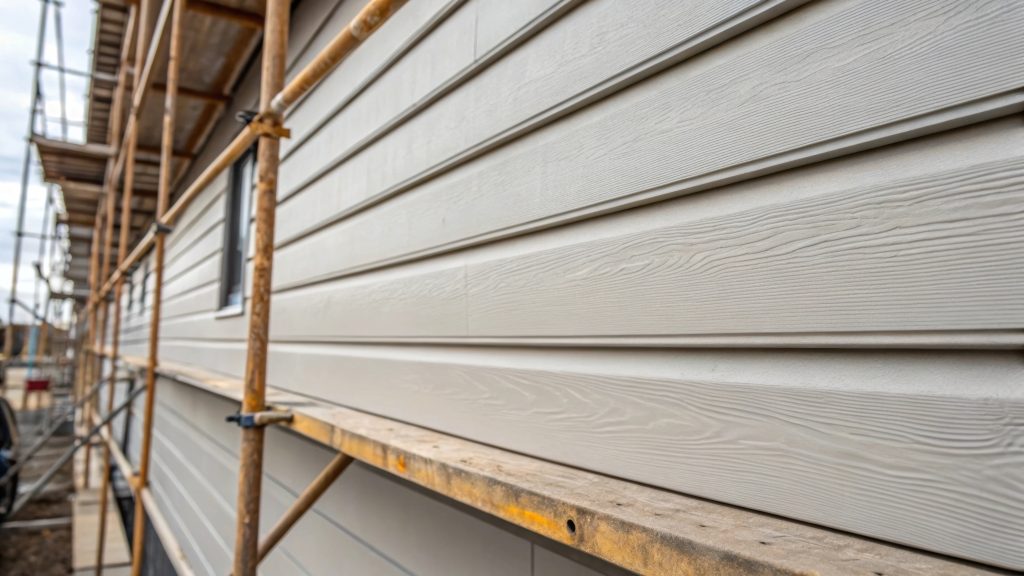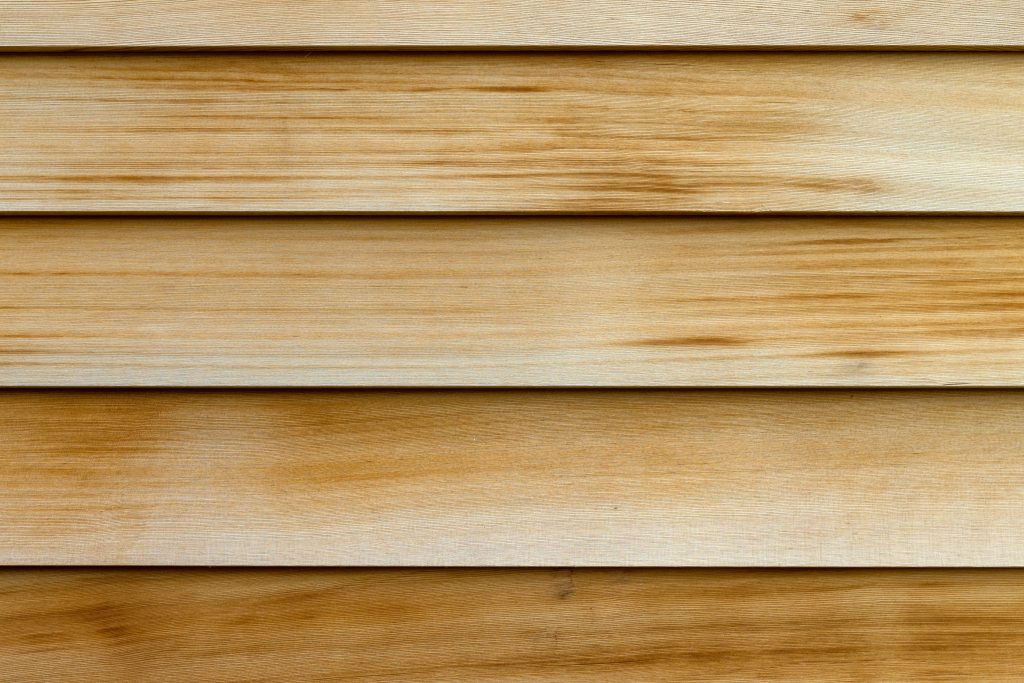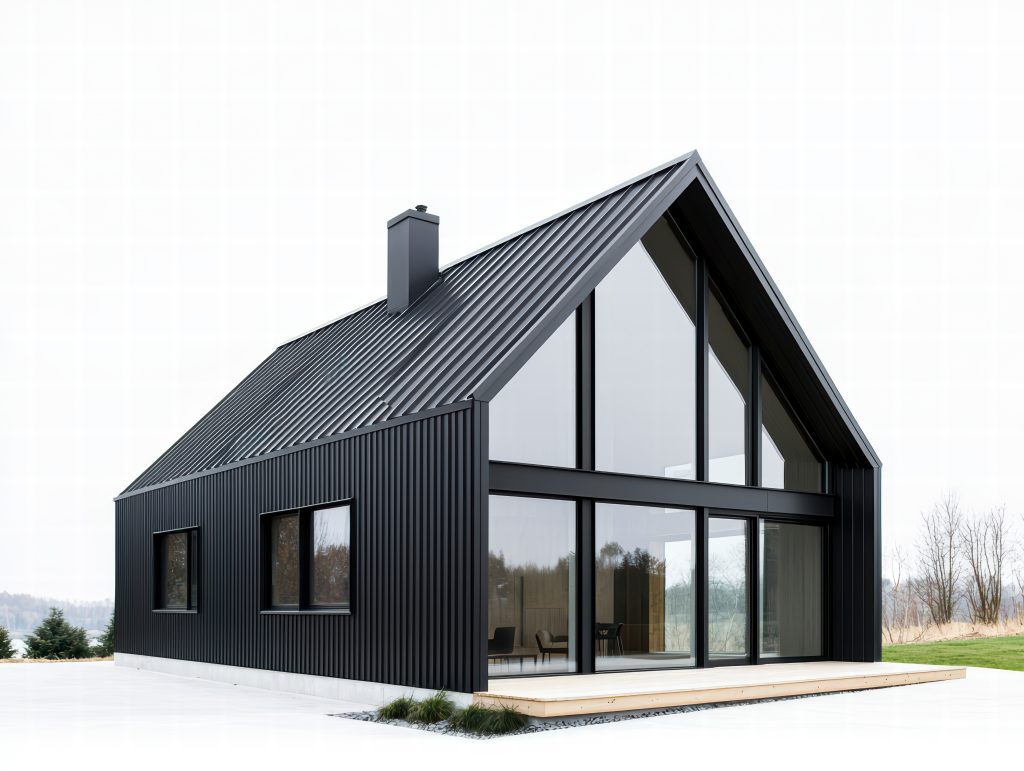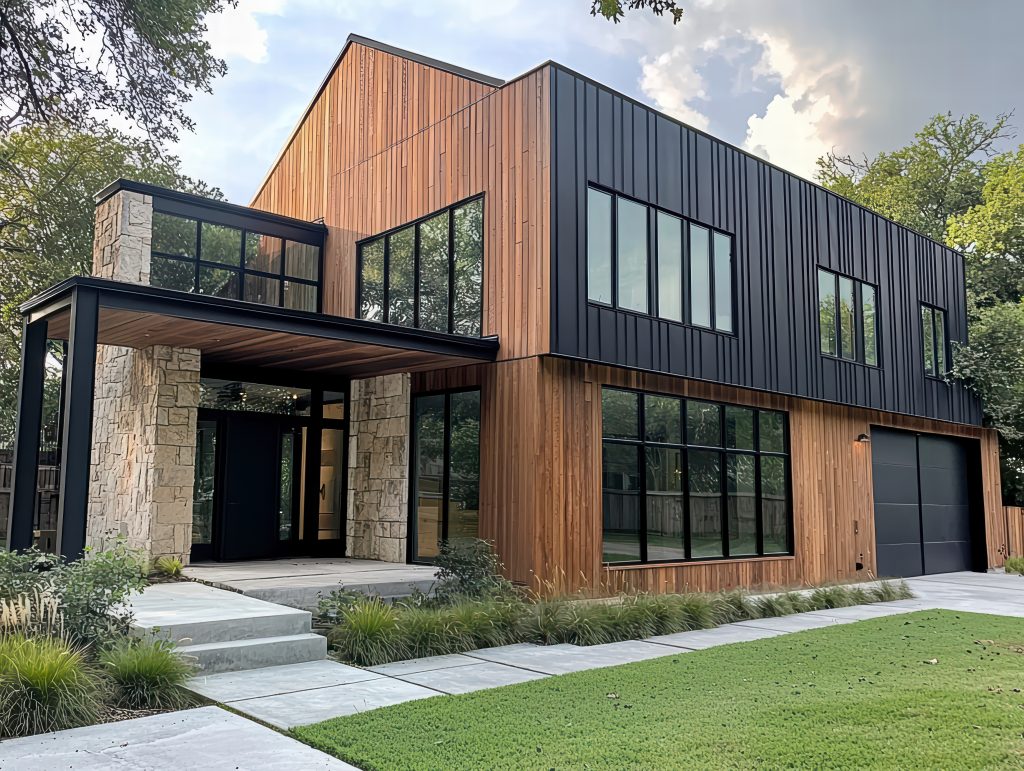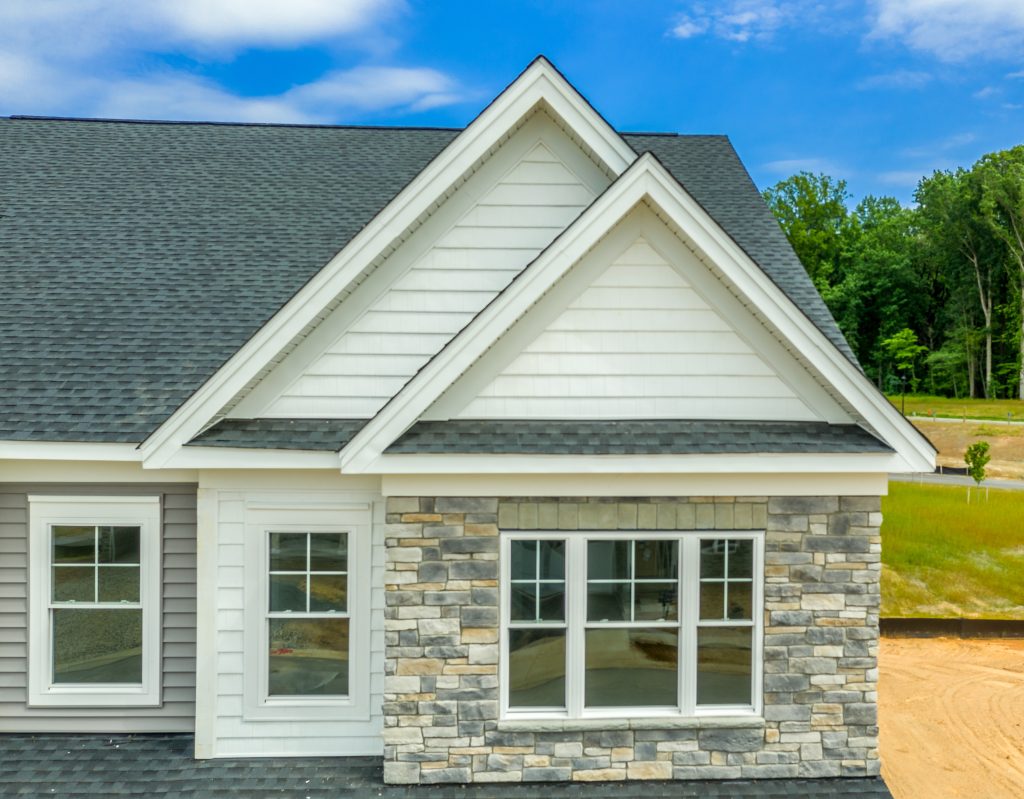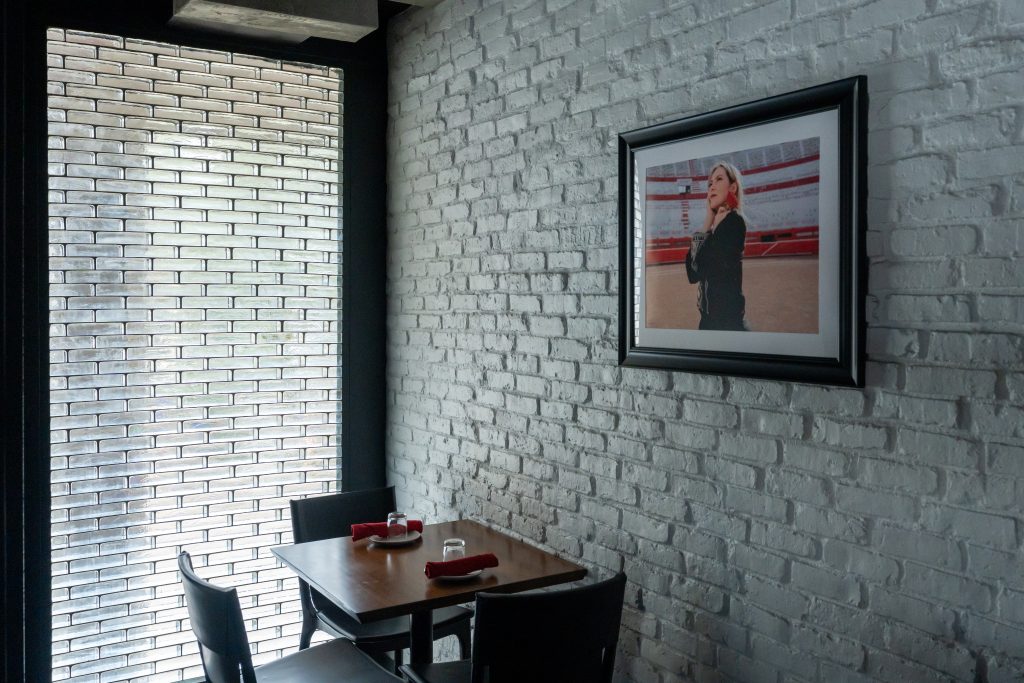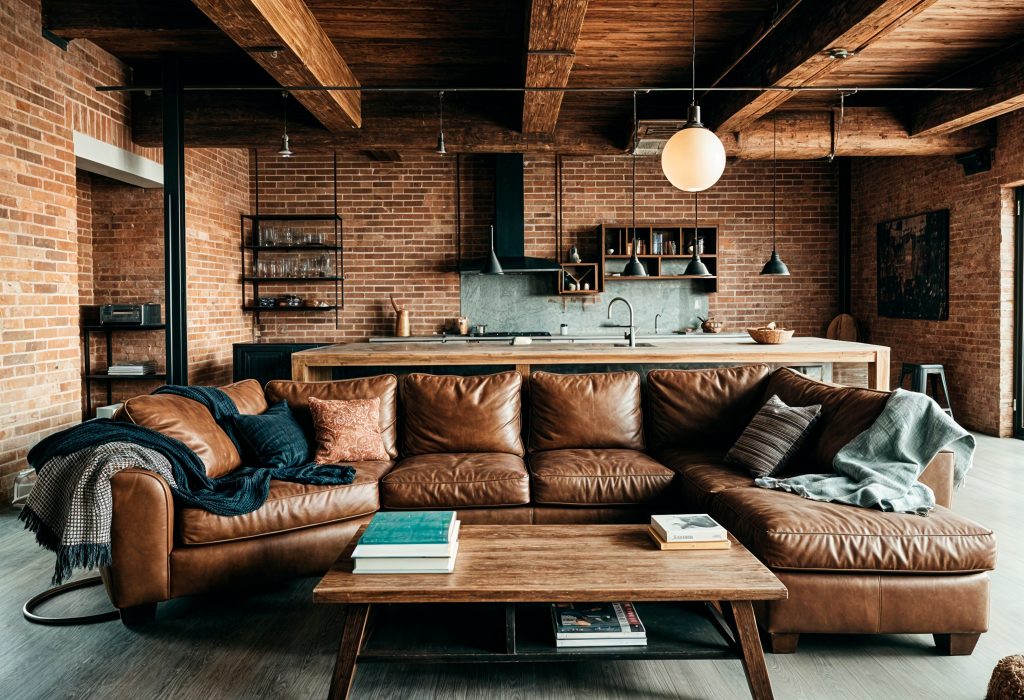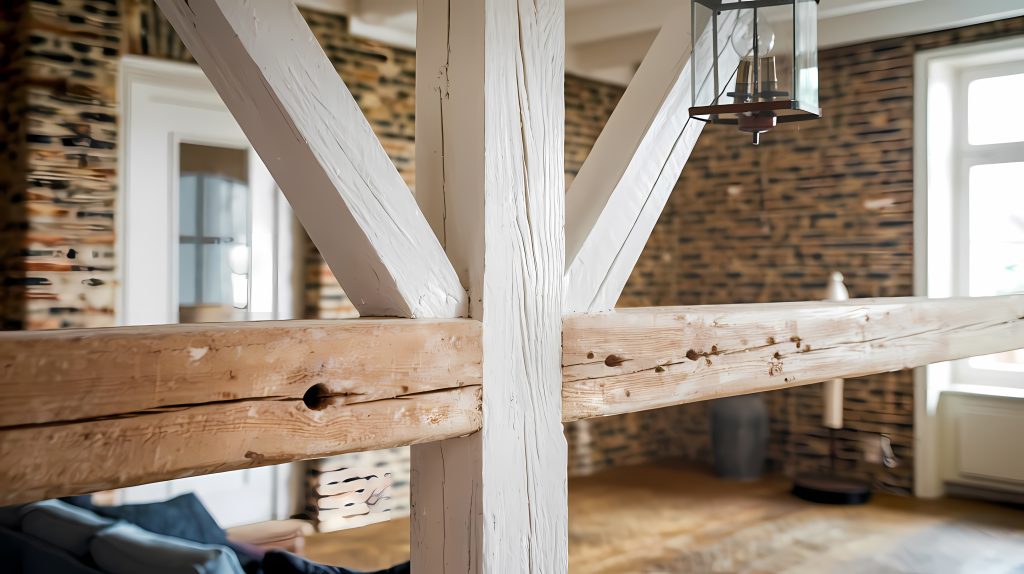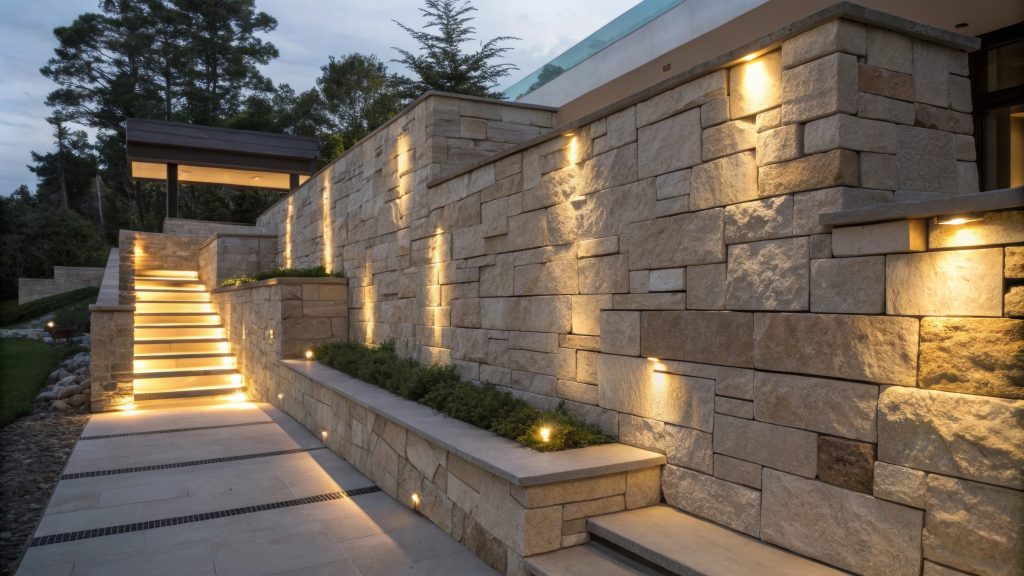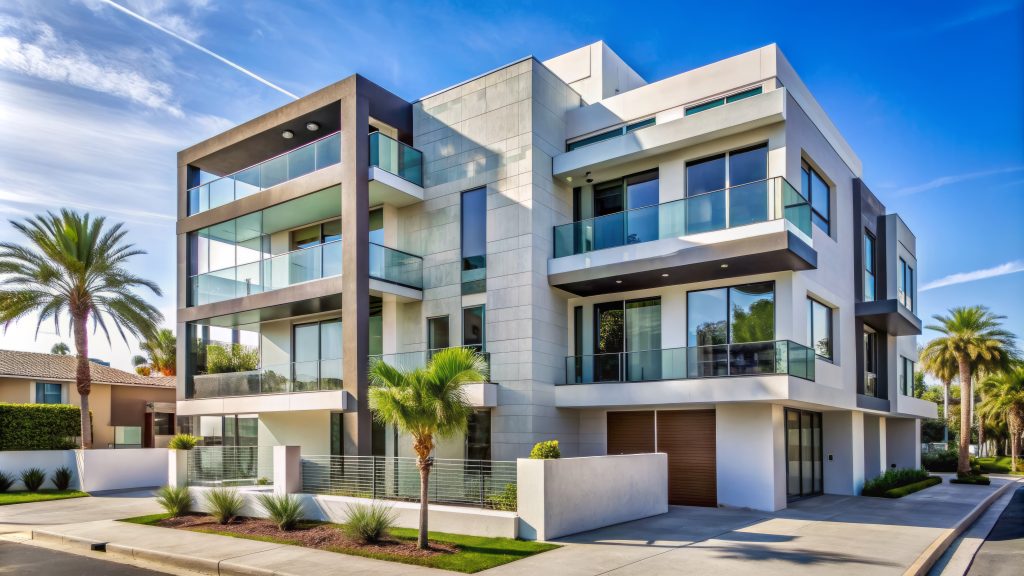
Why White Stone Veneer is the Top Trend in Commercial Building Design
Among the most striking and versatile options available to designers is white stone veneer—whether natural or manufactured. Prized for its clean, contemporary look and timeless elegance, white stone veneer brings a refined sense of sophistication to a wide range of commercial settings, from boutique storefronts to modern office facades and hospitality spaces.
As design trends continue to favor minimalism, biophilic aesthetics, and texture-rich surfaces, white stone offers a compelling combination of form and function. It evokes purity and professionalism while seamlessly integrating into a variety of architectural styles, making it a go-to material for both new construction and renovation projects.
Top Reasons White Stone Veneer Is Trending in Commercial Design
1. Modern Look with Natural Texture
Businesses are seeking a design that blends modern minimalism with inviting, organic materials. White stone veneer does exactly that. It creates sleek, clean lines while still showcasing the tactile quality of real stone, enhancing both curb appeal and indoor atmosphere.
2. Design Flexibility for Any Commercial Space
From luxury hotel lobbies to professional medical offices, white stone veneer works with nearly any style. It pairs beautifully with glass facades, metal finishes, and wood accents, making it ideal for both contemporary commercial buildings and transitional spaces.
3. Light-Enhancing Properties
Incorporating white tones into your building design helps reflect natural and artificial light, making interiors feel more open and inviting. For retail spaces, this creates a better shopping experience. On the building exterior, white stone siding gives a fresh, high-end look that stands out year-round.
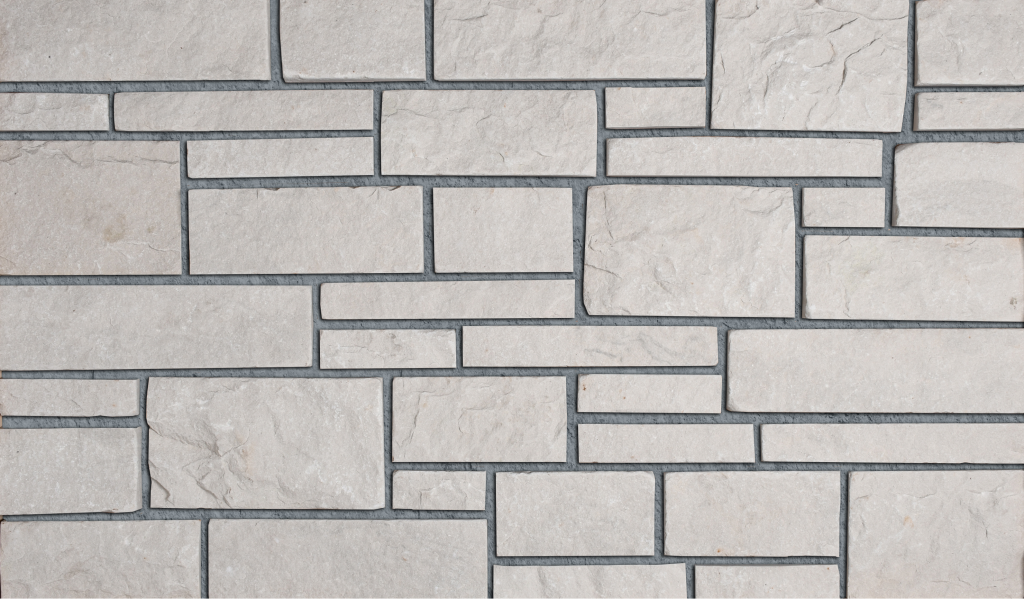
Kings Point/3 Course Ashlar
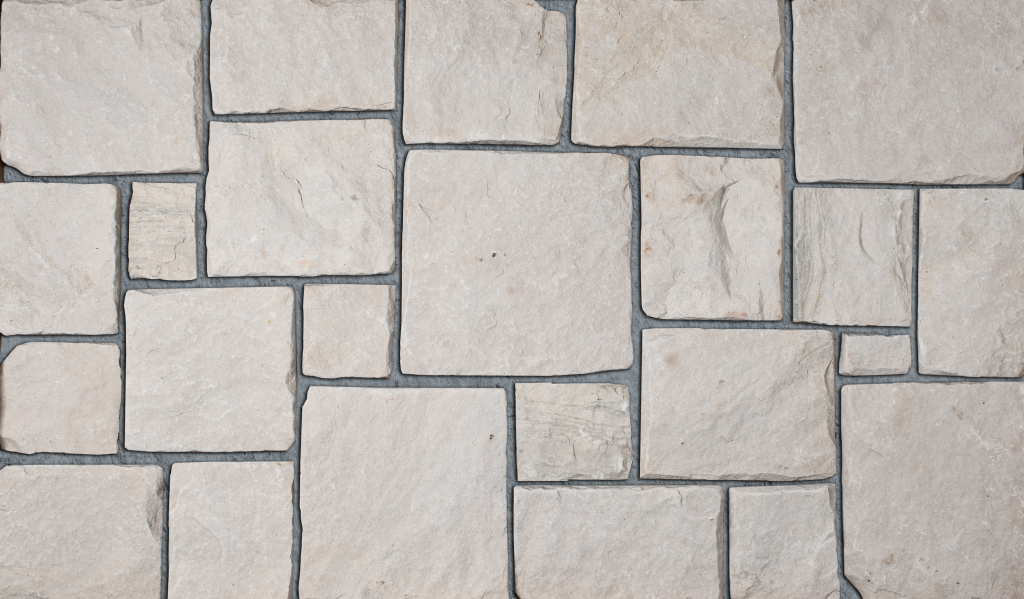
Kings Point/Roman Castlestone
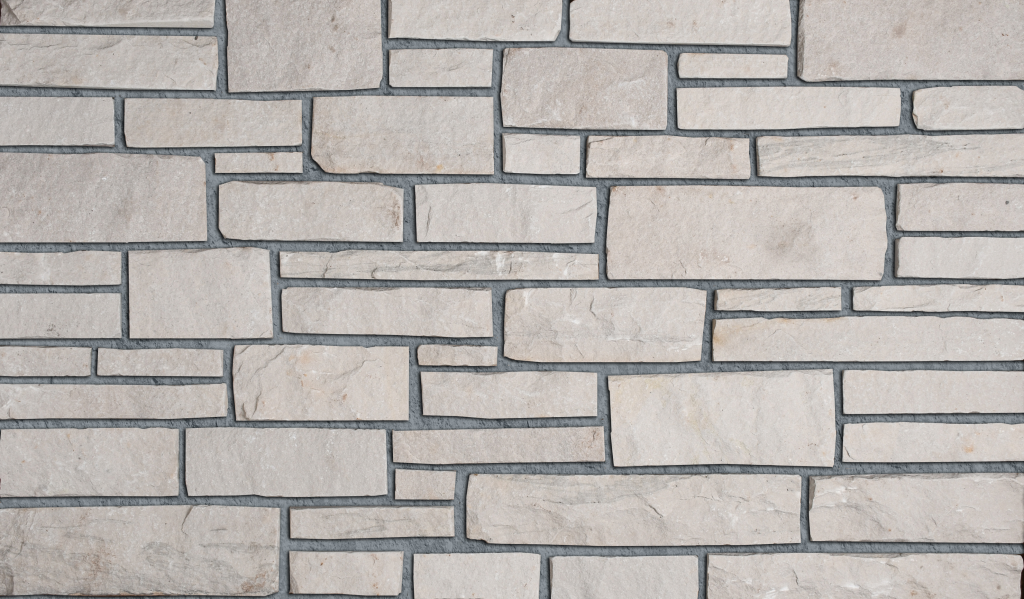
Kings Point/Ledgestone
Key Benefits of Using White Stone Veneer in Commercial Projects
1. Durable and Low Maintenance
Designed to withstand weather, wear, and time, white stone veneer is ideal for high-traffic environments. It resists fading, cracking, and moisture—making it a reliable option for exterior commercial siding and busy indoor areas.
2. Boosts Energy Efficiency
While not a substitute for full insulation, stone veneer panels do add an extra layer of thermal protection. This can contribute to more stable indoor temperatures, potentially lowering energy costs in office buildings and public spaces.
3. Luxury Look at a Fraction of the Cost
Achieve the appearance of natural white limestone or marble wall cladding without the premium price. White stone veneer offers a sophisticated aesthetic with a more accessible budget—perfect for developers aiming to maximize ROI.
4. Fast and Simple Installation
Compared to full stone construction, stone veneer installation is faster and more cost-efficient. That means less downtime for your business and quicker project completion—an important factor for commercial renovations or new builds.
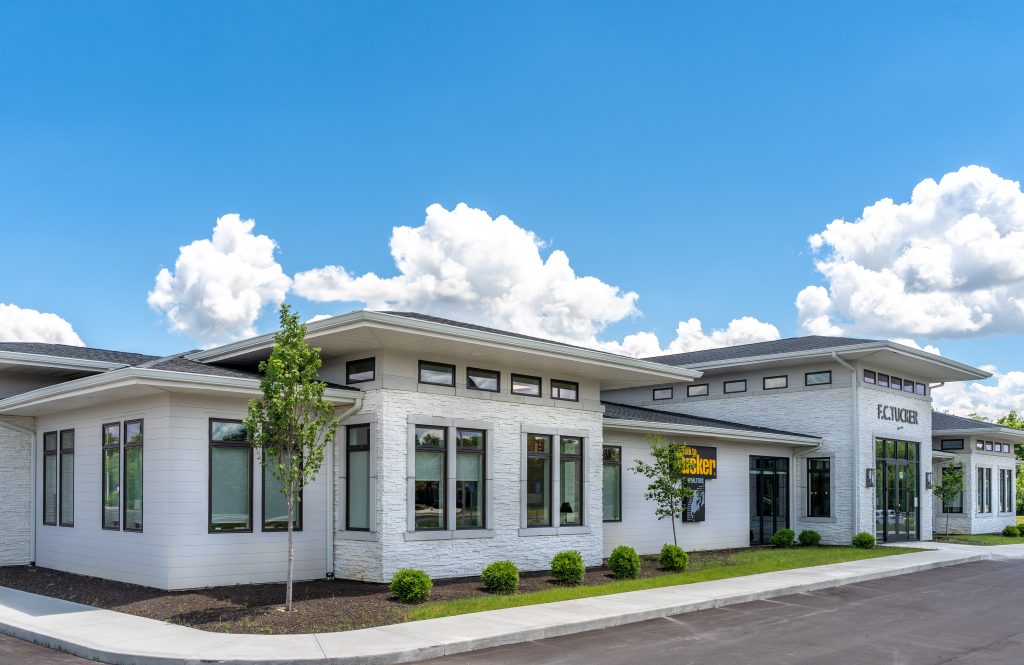
Popular Commercial Applications for White Stone Veneer
Here’s where white stone veneer is making the biggest impact:
Healthcare and Wellness Centers: Promotes a calm, hygienic aesthetic that inspires trust.
Exterior Stone Siding for Office Buildings: Elevates street presence and professional appeal.
Interior Stone Accent Walls in Retail Stores: Adds visual interest and luxury to shopping environments.
Reception Desks and Lobbies: Creates a stunning first impression with textured wall finishes.
Restaurant Feature Walls: Offers a clean, modern backdrop that complements lighting and decor.
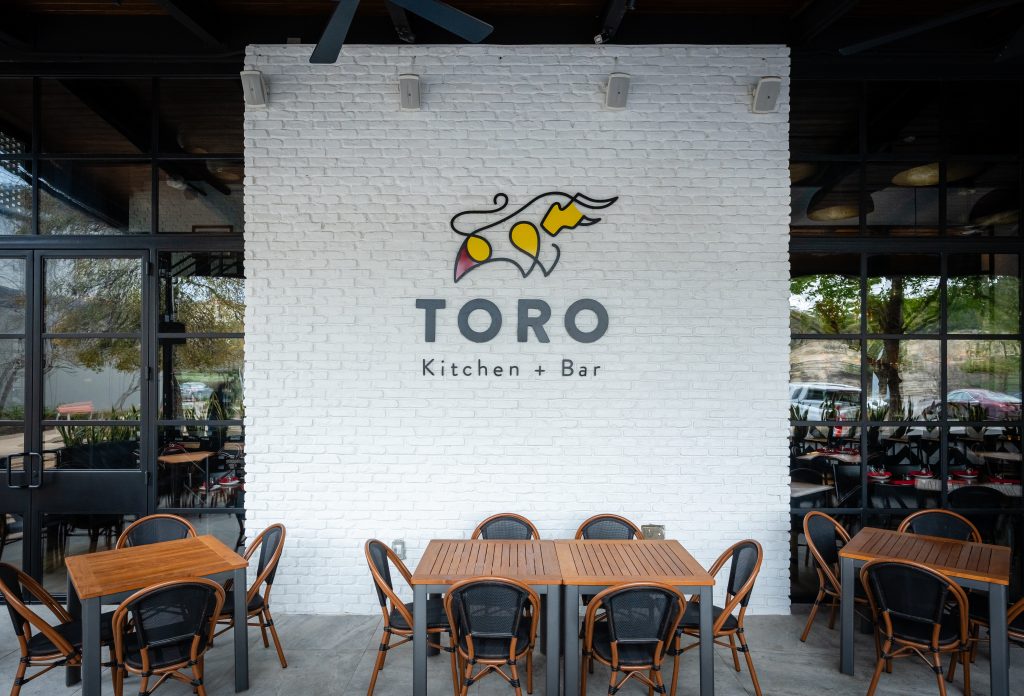
Final Thoughts: Elevate Your Commercial Space with White Stone Veneer
If you’re planning a commercial renovation or new construction project, white stone veneer is a top design choice for a reason. It delivers timeless beauty, modern appeal, and long-term durability—all while keeping budgets in check. Whether you’re updating a storefront, designing an office lobby, or building a new hospitality space, this material brings lasting value to any setting.
